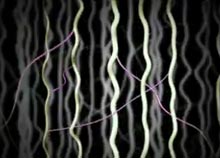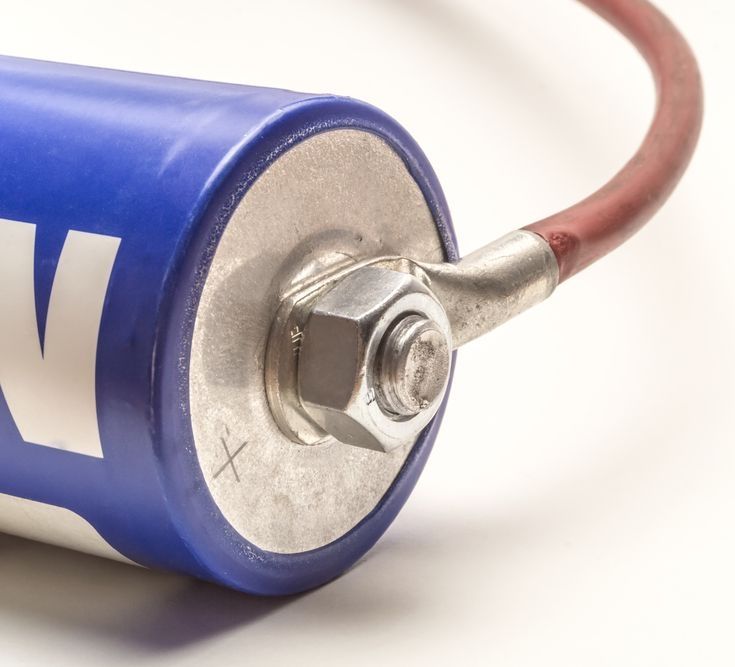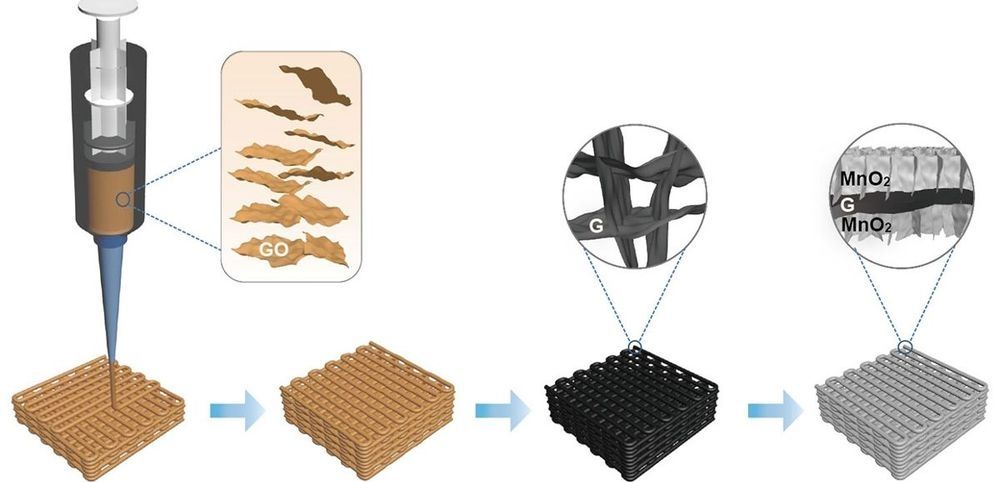Page 9047
Feb 15, 2019
3D Printed Graphene Aerogel Enhances Supercapacitor Ability
Posted by Quinn Sena in categories: 3D printing, materials
Researchers are using 3D printing to develop electrodes with the highest electric charge store per unit of surface area ever reported for a supercapacitor.
A research collaboration from the University of California Santa Cruz and the U.S. Department of Energy’s Lawrence Livermore National Laboratory have 3D printed a graphene aerogel that enabled them to develop a porous three-dimensional scaffold loaded with manganese oxide that yields better supercapacitor electrodes. The recently published their findings in Joule. Yat Li, a professor of chemistry and biochemistry at UC Santa Cruz, explained the breakthrough in an interview with R&D Magazine.
“So what we’re trying to address in this paper is really the loading of the materials and the amount of energy we can store,” Li said. “What we are trying to do is use a printing method to print where we can control the thickness and volume.
Continue reading “3D Printed Graphene Aerogel Enhances Supercapacitor Ability” »
Feb 15, 2019
3D Printed Graphene Aerogel Offers Highest-Ever Capacitance for a Supercapacitor
Posted by Quinn Sena in categories: 3D printing, materials
After what has seemed a bit of a lapse in the timeline of their development, graphene-enabled supercapacitors may be poised to make a significant advance. Researchers at the University of California, Santa Cruz, and Lawrence Livermore Laboratory (LLNL) have developed an electrode for supercapacitors made from a graphene-based aerogel. The new supercapacitor component has the highest areal capacitance (electric charge stored per unit of surface area) ever reported for a supercapacitor.
The 3D-printing technique they leveraged to make the graphene electrode may have finally addressed the trade-offs between the gravimetric (weight), areal (surface area), and volumetric (total volume) capacitance of supercapacitor electrodes that were previously thought to be unavoidable.
In previous uses of pure graphene aerogel electrodes with high surface area, volumetric capacitance always suffered. This issue has typically been exacerbated with 3D-printed graphene aerogel electrodes; volumetric capacitance was reduced even further because of the periodic large pores between the printed filaments.
Feb 15, 2019
An adhesive that holds tight in cold, gets stronger in heat
Posted by Quinn Sena in category: materials
Circa 2016
Researchers have developed a new dry adhesive that not only bonds in extreme temperatures, it even gets stronger as the heat goes up. The gecko-inspired material maintains its hold in extreme cold and actually gets stickier in extreme heat.
Feb 15, 2019
China produces nano fibre that can lift 160 elephants – and a space elevator?
Posted by Quinn Sena in category: materials
Circa 2018
Scientists say 1cu cm of the material won’t break under the weight of 800 tonnes.
Feb 15, 2019
Carbon Nanotube Ribbons Could Give Superman a Run for His Money
Posted by Quinn Sena in categories: cyborgs, economics, nanotechnology
 Lighter than air! Stronger than steel! More flexible than rubber! No, it’s not an upcoming superhero flick: It’s the latest marvelous formulation of carbon nanotubes–at least as reported by the creators of the new super-material. Researchers working on artificial muscles say they’ve created nanotech ribbons that make our human muscles look puny by comparison. The ribbons, which are made of long, entangled 11-nanometer-thick nanotubes, can stretch to more than three times their normal width but are stiffer and stronger than steel… They can expand and contract thousands of times and withstand temperatures ranging from −190 to over 1,600 °C. What’s more, they are almost as light as air, and are transparent, conductive, and flexible [Technology Review].
Lighter than air! Stronger than steel! More flexible than rubber! No, it’s not an upcoming superhero flick: It’s the latest marvelous formulation of carbon nanotubes–at least as reported by the creators of the new super-material. Researchers working on artificial muscles say they’ve created nanotech ribbons that make our human muscles look puny by comparison. The ribbons, which are made of long, entangled 11-nanometer-thick nanotubes, can stretch to more than three times their normal width but are stiffer and stronger than steel… They can expand and contract thousands of times and withstand temperatures ranging from −190 to over 1,600 °C. What’s more, they are almost as light as air, and are transparent, conductive, and flexible [Technology Review].
The material is made from bundles of vertically aligned nanotubes that respond directly to electricity. Lengthwise, the muscle can expand and contract with tremendous speed; from side-to-side, it’s super-stiff. Its possibilities may only be limited by the imaginations of engineers. [The material’s composition] “is akin to having diamond-like behavior in one direction, and rubber-like behavior in the others” [Wired], says material scientist John Madden, who wasn’t involved in the research.
When voltage is applied to the material, the nanotubes become charged and push each other away, causing the material to expand at a rate of 37,000 percent per second, tripling its width. That’s 10 times as far and 1000 times as fast as natural muscle can move, and the material does so while generating 30 times as much force as a natural muscle [IEEE Spectrum]. The researchers put together a video to illustrate the concept, and will publish their work in Science tomorrow.
Continue reading “Carbon Nanotube Ribbons Could Give Superman a Run for His Money” »
Feb 15, 2019
New experimental drug rapidly repairs age-related memory loss and improves mood
Posted by Genevieve Klien in categories: biotech/medical, life extension
A team of Canadian scientists has developed a fascinating new experimental drug that is purported to result in rapid improvements to both mood and memory following extensive animal testing. It’s hoped the drug will move to human trials within the next two years.
Feb 15, 2019
China Is Building a Solar Power Station in Space
Posted by Genevieve Klien in categories: solar power, space, sustainability
Beam Me Down
Needless to say, the biggest problem for a floating power plant is figuring out how to get the energy back down to Earth.
The scientists behind the project are still sorting that part out. But right now, the plan is to have solar arrays in space capture light from the sun and then beam electricity down to a facility on Earth in the form of a microwave or a laser, according to The Sydney Morning Herald.
Feb 15, 2019
DARPA Wants to Solve Science’s Reproducibility Crisis With AI
Posted by Genevieve Klien in categories: robotics/AI, science
Social science has an image problem—too many findings don’t hold up. A new project will crank through 30,000 studies to try to identify red flags.
Feb 15, 2019
‘Reverse trick’ for LEDs could keep future computers cool
Posted by Genevieve Klien in categories: computing, futurism
Running LEDs with electrodes in reverse can cool nearby devices, which could come in handy for smaller, faster computers.

















